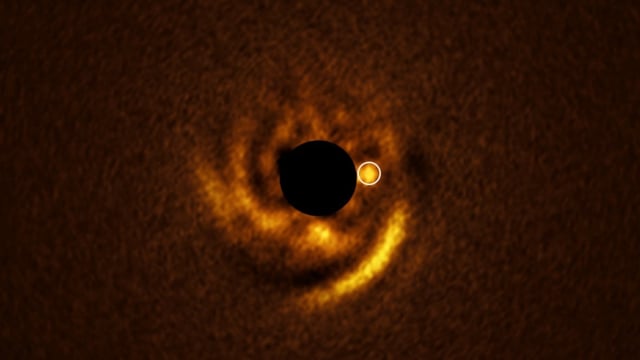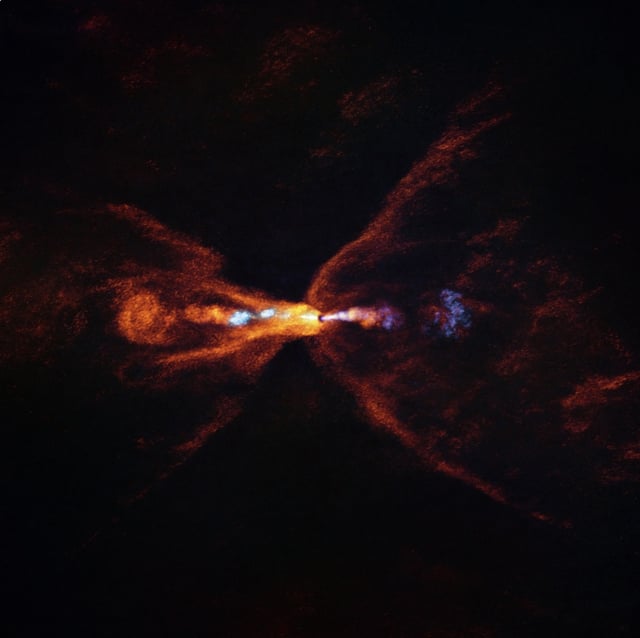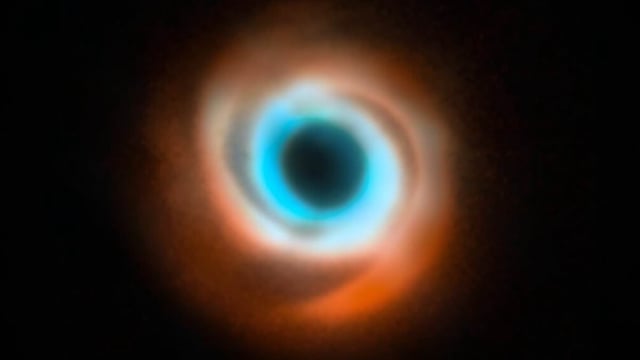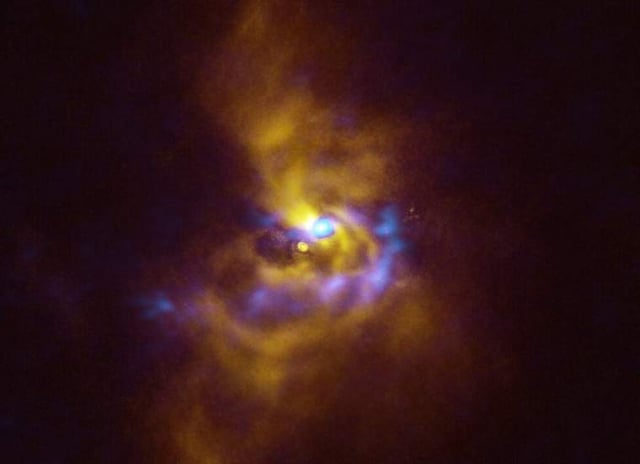Overview
- VLT’s ERIS instrument captured a Jupiter-sized protoplanet candidate at the base of a spiral arm in HD 135344B’s disk, marking the first time a forming planet has been imaged carving such structures.
- Follow-up observations across infrared and millimeter wavelengths are under way to confirm the embedded object’s planetary status and refine its orbit at Neptune-like distances.
- A separate ERIS team identified a compact substellar companion candidate in V960 Mon’s disk, which could represent a planet or brown dwarf forming through gravitational instability.
- JWST spectroscopy paired with ALMA imaging recorded the ‘t = 0’ moment of high-temperature mineral condensation around HOPS-315, establishing a benchmark for early solid formation.
- Together these findings validate theoretical models of core accretion, disk fragmentation and refractory solid emergence, offering close analogues to processes that shaped our own Solar System.



